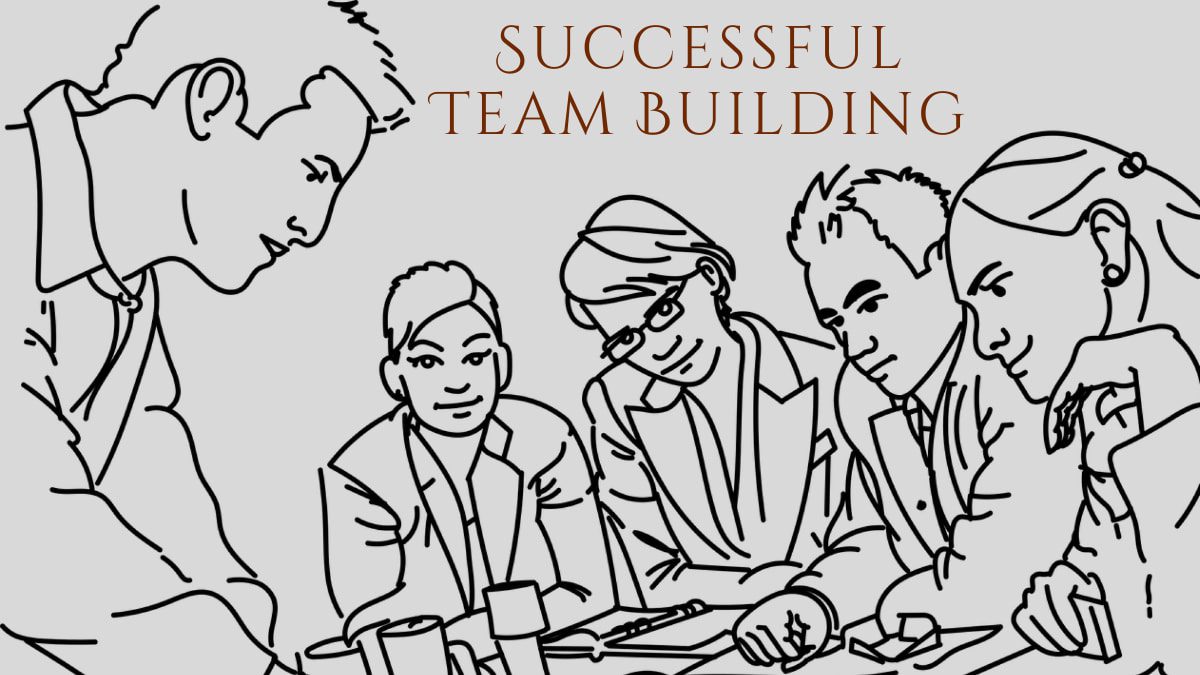Table of Contents
What makes a good team good? Before you answer, consider a simple experiment run by Alistair Shepherd. At the beginning of a business school pitch competition, Alistair asked participants a series of questions. Questions were like “Do you like horror movies?” and “Do spelling mistakes annoy you?” Based solely on the answers, Alistair accurately predicted the ranking of all eight teams—without any information about members’ intelligence, experience, or leadership skills. How did he do it? The answer has to do with how each team member felt. (Content credit to “No Hard Feelings : The Secret Power of Embracing Emotions at Work” by Liz Fosslien & Mollie West Duffy).
“Coming together is a beginning. Keeping together is progress. Working together is success.” – Henry Ford
Who vs How
Google discovered this same elusive emotional ingredient in 2012, when a group of researchers analyzed nearly two hundred teams to figure out why some teams succeed where others fail. The results were surprising: individual team members’ tenure, seniority, and extraversion didn’t seem to affect team performance. “We had lots of data, but there was nothing showing that a mix of specific personality types or skills or backgrounds made any difference,” recalled Abeer Dubey, a manager in Google’s People Analytics division. “The ‘who’ part of the equation didn’t seem to matter.” What mattered was the “how”: the best teams were those whose members respected one another’s ideas. People on these teams had psychological safety: they felt they could suggest ideas, admit mistakes, and take risks without being embarrassed by the group.
Success depends on psychological safety. At Google, members of teams with high levels of psychological safety were less likely to leave their jobs, brought in more revenue, and were rated effective twice as often by executives. MIT researchers who studied team performance came to the same conclusion: simply grouping smart people together doesn’t guarantee a smart team. Online and off, the best teams discuss ideas frequently, do not let one person dominate the conversation, and are sensitive to one another’s feelings. Alistair Shepherd asked about horror movies and spelling mistakes because he was looking for groups that were tolerant of differing perspectives.
Building Diverse Team
In a simulation, teams of doctors and nurses were asked to treat a “sick” dummy. The groups were randomly assigned an expert who either downgrade team members by claiming they “wouldn’t last a week” or treated them neutrally. The results? “Scary,” wrote the lead researcher. The teams with a rude expert made grave mistakes: they misdiagnosed the patient, didn’t ventilate appropriately, and prescribed the wrong medications.
Psychological safety matters even more when it comes to building diverse teams. There is an unambiguous and meaningful benefit to having people from different backgrounds on your team only when psychological safety exists. It’s easy to see why. Say you have one marketing analyst and nine engineers on a team. In the absence of psychological safety, the analyst will think twice before he speaks for fear he will get savaged by the engineers. When you make the environment safe, he’ll use his uniqueness as a skill instead of a hindrance. Every person on a team knows something that no one else knows. That’s why teams exist: you need more than one person’s set of ideas and skills to solve a problem. If you don’t let people speak up, or you make them feel foolish when they do, you limit your team’s chances of pulling off something magical.
Burstiness of Team
Psychological safety also helps your team get to burstiness when group members build on one another’s ideas so rapidly that the room feels like it’s bursting with creativity. “Burstiness” is the opposite of an ineffective and sludgy brainstorming session: highly creative teams tend to be more “bursty”, as members contribute ideas freely and quickly. But—and this is a crucial but—teams need a base of psychological safety so members don’t take the accidental interruptions that often come with rapid-fire-idea interruption personally.
Unfortunately, you won’t always be able to create psychological safety for your team. Within any organization, the cutthroat office competition usually doesn’t make a great team. Or you may work with people who’ve spent years at institutions that prize individual effort in a competitive setting. If you’re on a psychologically unsafe team, take care of your mental well-being and focus on what you can control. And “what you can control” depending on your role i.e. what you can do as an individual and what you can do as a leader.
How to Create an Environment of Psychological Safety as an Individual:
Encourage open discussion. Questions like “What does everyone think?” or “Does anyone disagree?” do not effectively invite opposing viewpoints. Especially if someone on the team is an introvert, ask each team member to write out their thoughts and then have everyone share out loud. And don’t forget follow-up questions. “I’ve found that whenever you ask a question, the first response you get is usually not the answer,” says Roshi Givechi, a former partner at IDEO. Roshi recommends asking team members to “say more about that” and advises suggestions be given only after a “scaffolding of thoughtfulness” has been established.
Suggest a bad ideas brainstorm. Have team members throw out purposefully absurd ideas or ask them to come up with the worst suggestion they can think of. This exercise takes the pressure off and allows team members to be silly and adventurous.
Ask clarifying questions (to make it okay for others to do the same). When team members use acronyms or jargon, ask them to explain (and avoid using them yourself). Although you may initially worry about how you’ll be perceived for asking clarifying questions, remember you’re modeling this behavior for others, and together you can all increase psychological safety.
Use generative language. If someone has an interesting suggestion, respond with, “Let’s try it!” If you like the gist of someone’s idea, say, “Building on that idea . . .” or borrow from the world of improv and make “Yes and . . .” your catchphrase.
As a Leader:
Create team agreements. At the beginning of a meeting or project, create a list of ground rules for how you’ll treat one another. Keep the list in a visible place (e.g., hang it on the wall). Example agreements: assume good; trust one another; be present.
Ask your team how you can help. Don’t put the onus on your team members to tell you they feel psychologically unsafe—they won’t. As a leader, it’s your job to start the conversation. Ask individual team members, “What’s one thing I could do to help the team feel safer taking risks?”

Balance activities with communication. B. Byrne, a product manager at Coinbase, shared the following analogy: every relationship, professional or personal, is like building a tower of popsicle sticks. Experiences (e.g., eating together, working on a case together, or co-authoring an article) are the popsicle sticks, and communication is the glue. If you do things together but never take the time to discuss your feelings or needs, the tower will be constructed of only popsicle sticks and will eventually fall over. But if you overanalyze every interaction and never step back to simply enjoy each other’s company, the tower will be weighed down by glue and melt in on itself.
Ask questions that get to a deeper level. BlackRock, an American multinational investment management corporation, uses a number of icebreakers when starting conversations. One has employees split into pairs (people are more trusting when they talk to a single person versus the whole room) and answer the prompt, “When you think of your childhood, what meal comes to mind and why?” This disarming question sets the stage for more disclosure later. “No one just says pizza,” explains managing director Jonathan McBride. “Instead, they give you a story about their family, their culture and upbringing, and weekly traditions with their parents or grandparents. You get something like, ‘My family baked pizzas together each Sunday and the whole family would prepare the meal together.’ Even though you’re discussing food, you get a story about someone’s life and family that you wouldn’t normally get in five minutes.















